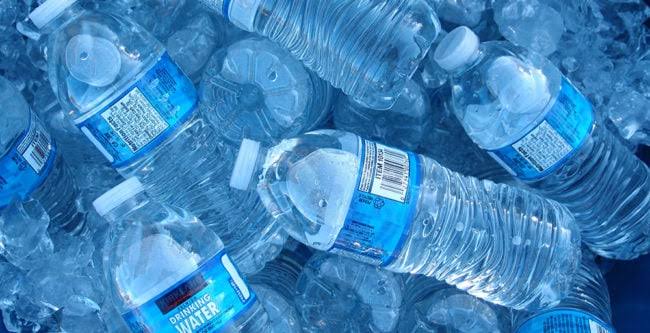A recent study conducted by researchers at Columbia University in the US has revealed alarming findings regarding the presence of nanoplastics in bottled water, raising significant health concerns.
Published in the Proceedings of the National Academy of Sciences, the study utilized advanced technology to identify and quantify these minuscule particles for the first time.
The research revealed that, on average, a liter of bottled water contained approximately 240,000 detectable plastic fragments. This is 10 to 100 times higher than previous estimates, which focused primarily on larger microplastics. Nanoplastics, being even smaller, can easily pass through the intestines and lungs, entering the bloodstream and reaching organs such as the heart and brain. They can penetrate individual cells and even cross the placenta to impact unborn babies.
The study employed stimulated Raman scattering microscopy to analyze three popular bottled water brands sold in the US, identifying plastic particles as small as 100 nanometers. The researchers found 110,000 to 370,000 particles per liter, with 90% being nanoplastics and the remaining 10% being microplastics. The specific types of plastics identified included polyethylene terephthalate (PET), polyamide, polystyrene, polyvinyl chloride, and polymethyl methacrylate, commonly used in industrial processes.
However, the study’s authors acknowledged that only about 10% of the nanoparticles were identified, leaving the composition of the rest unknown. The total number of nanoplastics per liter could potentially reach tens of millions, posing a complex challenge in understanding the complete particle composition within seemingly ordinary water samples.





Comments are closed.